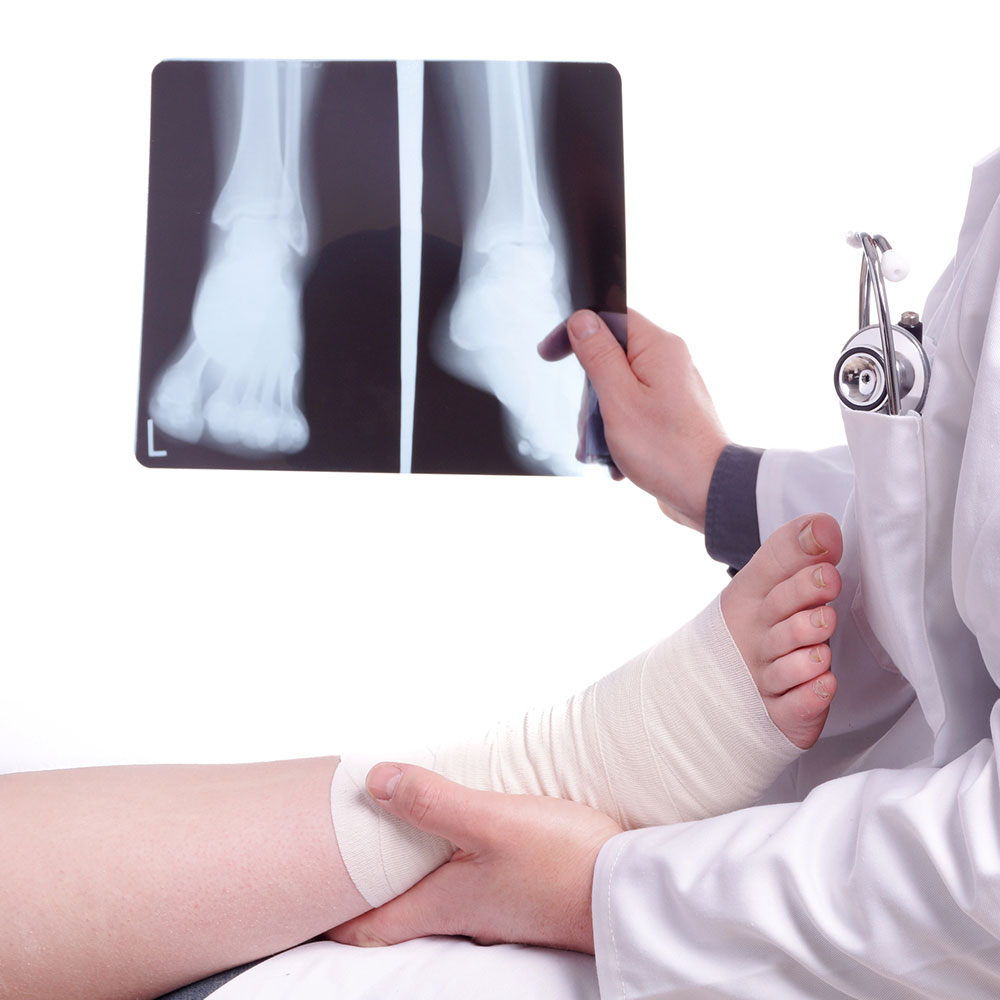
Foot & Ankle Diseases & Conditions
Specialists of the Feet & Ankles
Our team of podiatrists here at CSO specialize in the diagnosis and treatment of common orthopedic conditions affecting the feet and ankles. These conditions include bunions, which are bony protuberances on the side of the big toe, foot pain, which can be caused by a variety of factors such as overuse or structural abnormalities, heel pain, which is often caused by conditions such as plantar fasciitis or heel spurs, and ingrown toenails, which occur when a corner or edge of a toenail grows into the soft flesh of the toe.
We understand the importance of proper foot care and are dedicated to providing our patients with the best possible care, by offering regular check-ups and maintenance to prevent and manage these conditions.
Our team approach ensures that our patients receive comprehensive and effective care.
Arthritis, Injuries & Deformities
Common Foot & Ankle Conditions
Educational Videos
TREACE Lapiplasty Patient
Denver Foot and Ankle Surgeon Dr. Eric Kuhlman Discusses Quality of Life in Colorado








Denver Foot and Ankle Specialist Dr Eric Kuhlman talks about Lapiplasty
Center for Spine & Orthopedics March 9, 2022 7:00 pm